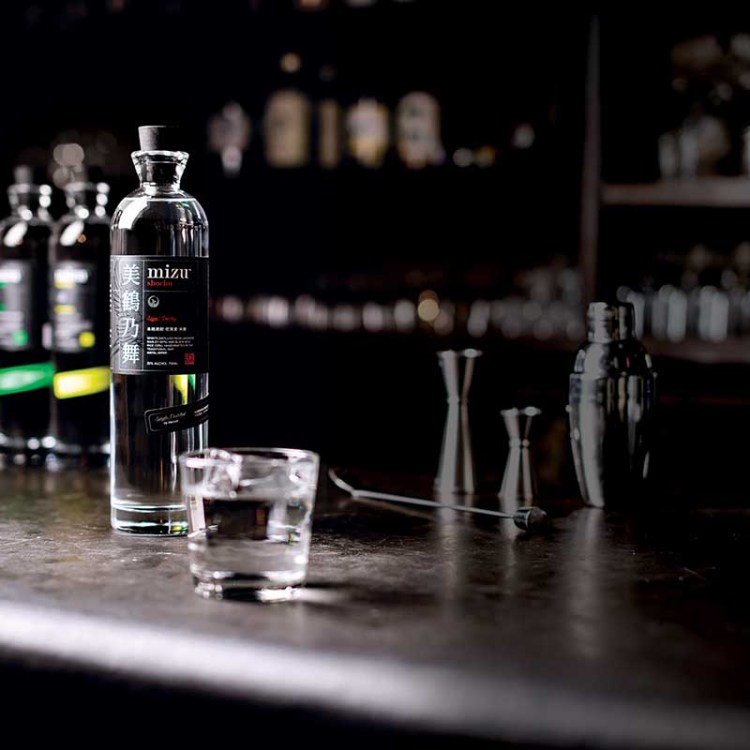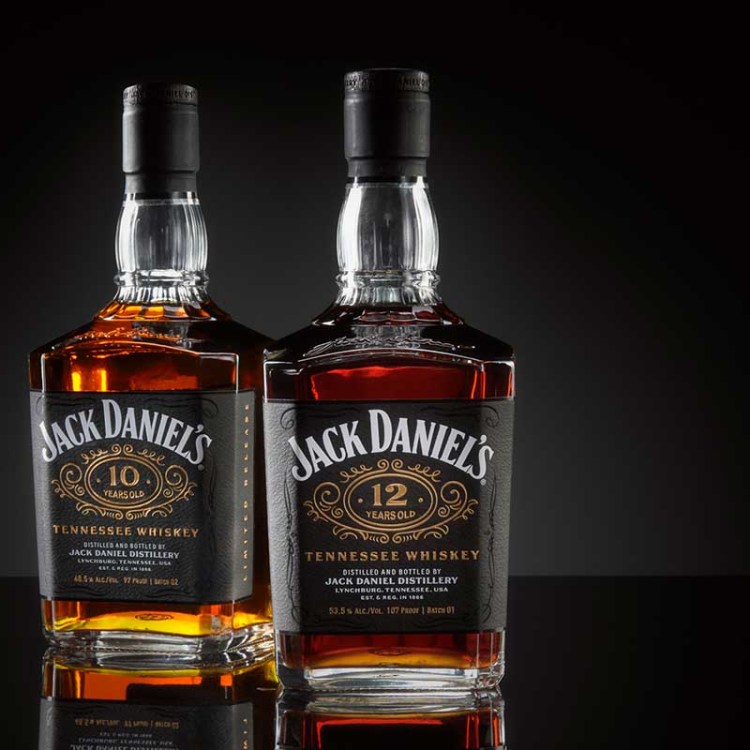Wanna make your own moonshine? How about a whiskey made from an ancient wheat, or a brandy from a fruit most people have never heard of? Sounds fun, but all that would be (ugh) a felony.
If you want to know more about the distilling process — and you live somewhere with more lax laws about home distilling — your best resource might be the just-released and immensely detailed tome How to Distill: A Complete Guide from Still Design and Fermentation through Distilling and Aging Spirits by Aaron Hyde.
Hyde’s spent more than a decade of distilling at home and working with commercial distillers — including his current work managing global product strategy for Bevie, which provides high-quality equipment and ingredients to home brewers and distillers across the globe (he also runs the How to Distill website and shopping portal, which pre-dates the book release).
Now, let’s get this out of the way quickly: in New Zealand, Hyde’s current home, he has a lot more legal leeway to distill as a home hobby. He begins How to Distill with a very upfront disclaimer: “There are few places in the world where home distilling is legal … I’m from the United States where it is a federal crime, a felony, to make spirits for consumption. I know plenty of people who have home distilled in the United States, but that doesn’t make it any more legal. As with many things, there may be ways around the legality in your country, such as filing for a distilling license or permitting the still for use to make fuel. You won’t find many places that allow you to make alcohol for consumption, even your own, even in your own home … In any case, get to know your local laws, and if you decide to take the risk, understand the penalties.”
So, with all that in mind, let’s talk home distilling, purely from an informational point of view!
InsideHook: How did you get interested in distilling?
Aaron Hyde: I started distilling after home brewing for 12 years. Homebrewing gives you a good baseline knowledge for home distilling. You ferment and mash grains for beer, but also moonshine, whiskey and other spirits. In 2008, I had moved to New Orleans; after a few months, I decided I was going to open a homebrew shop, as there hadn’t been a shop since Hurricane Katrina hit. When I placed my first store order I decided to order a couple of small tabletop stills. I had decided I was going to sell distilling equipment and ingredients, and really started distilling because I wanted to, but also so I could speak about the products with some knowledge and first-hand experience.

Since a lot of people won’t be able to (legally) use this information, who is the book for?
It’s mostly targeted at those who want to home distill. Maybe that makes me a bad person, encouraging folks to do something illegal! I hope it leads to a greater appreciation of commercial spirits, and maybe a gateway for those who have considered opening their own craft distillery. If you’re interested in making moonshine, whiskey, gin, rum or any of the popular spirits, this is a great book to start with. For those that would like a reference on the complete process from grain to glass, this book goes through this step by step. On a small home scale, this book will walk you through the processes of fermentation, cereal mashing of grains, distillation, polishing, aging and bottling, all on a small scale.
If someone is interested in distilling and they want to do things legally, what would they have to do?
It’s legal to buy and sell all the equipment for distilling. In some states, you may need to register your still no matter what you’re using it for. Always take the time to learn your local laws. What you decide to use your still for ultimately determines if you’re doing something illegal. You can make ethanol fuel with a permit. You can distill water and essential oils. The second you’re using your still for consumable alcohol and are not a licensed distillery, you are committing a felony. The government wants that tax money!
All of that aside, interest in home distillation of spirits is on the rise in the United States and globally, but doing so is breaking the law in every state, and also in most countries. Keep in mind there is really no legal way to do it — there is no permit for home distillation of spirits, even for your own consumption.
What’s the biggest mistake people make during the distilling process?
One of the biggest mistakes moonshiners make is thinking that cracked corn contains sugar that is fermentable, and by cooking it they’ll have something fermentable. This isn’t true; there’s a mashing process that needs to be understood to convert starches into sugars. They end up running cloudy corn-flavored water through their still, making a zero-proof spirit: a non-alcoholic corn whiskey. Luckily the book walks anyone interested in making moonshine through the cereal mashing process, and they’ll be making moonshine like their grandpappy in no time.
Another big mistake that is made is that people need to make “cuts” as they distill. This includes the heads (the beginning), the hearts (the middle) and the tails at the end of the run. If you collect too much of the hearts, you get paint thinner (acetone) aromas from alcohols that are lighter than ethanol, the alcohol in spirits. If you collect too far into the tails you get funny flavors of all sorts coming through, sweaty gym socks, old banana peel, moldy corn, all from the congeners — the other alcohols and acids present in the spirit coming through the still.
Do you think having a science degree or background in science is important to distilling?
There are very few industries that have as much mystique and marketing spin surrounding them as the spirits industry. That’s across the entirety of the industry — Scotch blenders, bourbon distilleries, gin houses, all of them. There are also very few industries, and areas of science, where we still have so much more to learn. We don’t know enough about distilling spirits in different ways, aging spirits in various woods and what happens at a molecular level during these processes using different techniques and equipment.
Of course, moonshiners would tell you they don’t care about all that fancy science stuff, as would some large whiskey distilleries. They just want to make a product that tastes good and are happy to rely on traditional processes handed down. These can be valuable tools. Really though, it comes down to flavor, and every aspect of the industry could learn a bit more about it if we accepted and invested in more modern science.
There’s a lot of misinformation out there. You’ll hear a lot of opinions and folks talking about traditional processes in use that make no sense or difference to the spirit whatsoever. Even in books that are considered references and resources for many folks that go into distilling you’ll find bad information. Between the lack of information and the half-truths distilleries use in their marketing, as well as the shroud of mystery many large distilleries kept over their processes and “trade secrets” for centuries, it’s easy to see why spirits and distilling are misunderstood by the masses, and even by those working in the industry! Science has not been a big part of the spirits industry until very recently with a new generation of craft distillers.

What have you personally made that’s interesting?
I think one of the most fascinating things about distilling or brewing is that everything that contains sugar or starch on this Earth can be used to make a spirit. I’ve made whiskies using ancient grains like teff and khorasan wheat. They turned out great. I’ve distilled buckwheat honey into moonshine. Most recently I’ve taken a fruit called a feijoa, fermented it and distilled it. Afterward, I added fruit back in to infuse the spirit. There are around 2,000 varieties of fruit out there, and they can all be made into brandy. Not to mention all the herbs, spices and botanicals that can be infused into spirit to make gin or flavored rum. Or all the woods you can age spirit on and all the combinations of the above methods you can try and all the blending of spirits you can do. The possibilities are endless, so it’s possible to be unique, innovative and creative as a home distiller, part of why it is such a rewarding hobby.
This article was featured in the InsideHook newsletter. Sign up now.





















